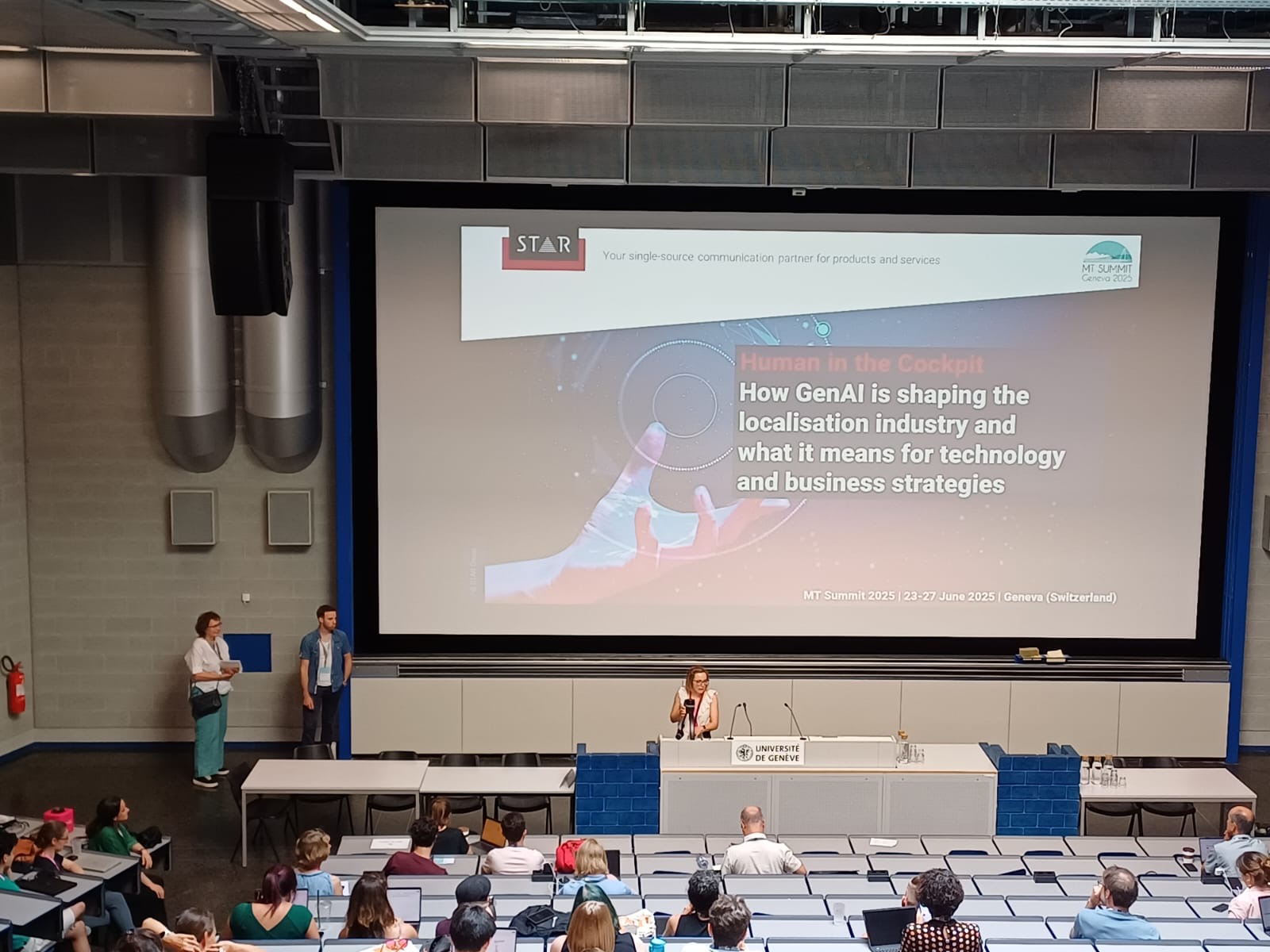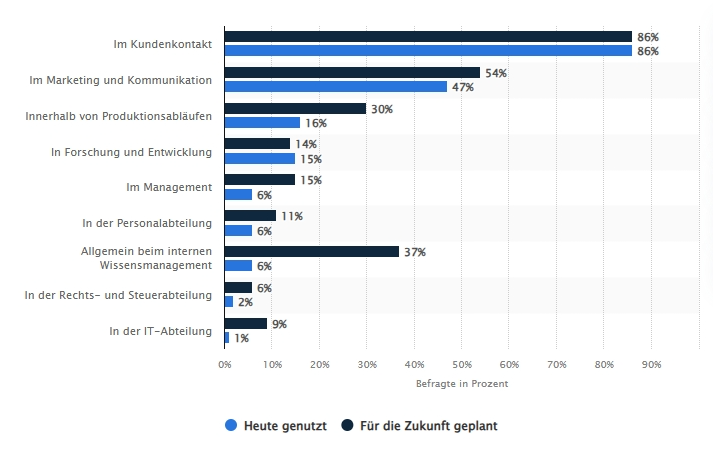Terminology work has always been the key to consistent, high-quality translations. The advent of AI and large language models (LLMs) is fundamentally changing translation processes. But this is precisely what makes terminology even more important.
“AI now translates everything perfectly – so why do we still need terminology management?”
As a language service provider, we are increasingly hearing this question being posed. But anyone who has ever seen how a single mistranslated technical term can distort a product description, manual or marketing message knows that terminology is not a side issue – it is the foundation of high-quality translation.
In the age of LLMs and generative AI, the how of handling terminology is changing. The why, however, remains unchanged.
Why terminology is the backbone of every translation
Terminology is much more than just a dictionary. It defines how a company talks about its products, services and values.
Whether we’re talking about “controllers”, “control modules” or “control units”, the right term ensures recognition, trust and legal certainty.
Without consistent terminology, inconsistencies are bound to arise. In practice, this leads to:
- different translations for the same term,
- increased correction effort,
- unnecessary additional costs, multiplied by the number of target languages,
- inconsistent brand communication,
- misunderstandings among customers or users.
Consistent terminology management is crucial for ensuring consistency and precision in the translation process, especially when dealing with high-volume, multilingual content from the fields of technical documentation or marketing.
From glossaries to integrated solutions: Successful translation processes thanks to terminology
In the past, terminology work was often handled outside of the actual translation process – in the form of Excel spreadsheets or static lists. Today, it can be seamlessly integrated into translation management systems (TMS).
This enables:
- automatic terminology suggestions directly in the CAT tool,
- terminology checks during translation,
- centralised maintenance and approval processes.
This makes terminology a living part of the workflow, not just an afterthought during quality control.
How AI and LLMs are changing terminology work
AI systems and LLMs open up new possibilities for maintaining terminology in a more dynamic and intelligent way. Some specific applications may include:
- AI terminology extraction:
AI can quickly analyse multilingual texts to automatically recognise relevant technical terms and suggest them as term candidates. This saves time during the creation phase and helps to identify terminology that has not been taken into account previously. However, final validation remains the task of human experts. - Building a terminology database:
If translations or a defined structure have yet to be established, generative AI can support the creation of a terminology database. This allows variants and synonyms to be clustered efficiently, while metadata such as context, grammatical information or suggested definitions are generated automatically. However, the final review and validation stages are still handled by humans. - Terminology checks by AI:
Terminology errors identified by a rule-based check are sent to the AI, where they are evaluated and corrected in their overall context, taking into account additional terminological information.
These new approaches make terminology work faster, more scalable and more data-driven. At the same time, it remains dependent on human validation – because AI does not automatically understand corporate language or brand values.
Limitations and risks: When AI ‘invents’ terms
As powerful as LLMs are, they also pose a real risk. This is because an AI model can:
- ’hallucinate’ terms – i.e. it can create plausible but incorrect terms,
- overlook customer-specific requirements if these are not clearly specified in the prompt or system,
- confidential terminology data is at risk if it is fed into publicly accessible systems.
The conclusion? AI can support, but not decide. Human expertise remains indispensable when deciding whether a term is terminologically correct, brand-compliant and contextually appropriate.
Best practices: How we combine human expertise with the power of AI
As a language service provider, we see the added value in using technology sensibly – not automating everything blindly. Successful terminology work in the age of AI is based on five principles:
- Centralisation:
All terminology data belongs in a central database – not in miscellaneous lists scattered far and wide. - Integration:
Terminology must be directly linked to CAT tools so that translators can access it in real time. - AI as a support, not a substitute:
AI tools can assist with research, extraction and checks – but final validation remains in human hands. - Security-conscious:
Sensitive terminology data should only be processed in data protection-compliant, controlled systems.
Terminology remains strategic corporate knowledge
Artificial intelligence and large language models are fundamentally changing how we work with language – but they are no substitute for terminology management. When used correctly, they actually make it more efficient and intelligent. Terminology is a company’s linguistic memory.
Particularly in the age of generative AI, clear and well-defined terms are crucial to ensure that man and machine truly speak the same language.
Contact us if you want to build your terminology efficiently, maintain it consistently and optimise it with AI support – we will support you every step of the way.
Learn more about our services in combination with AI for efficient terminology management






